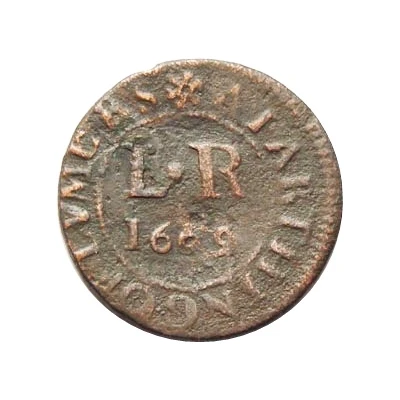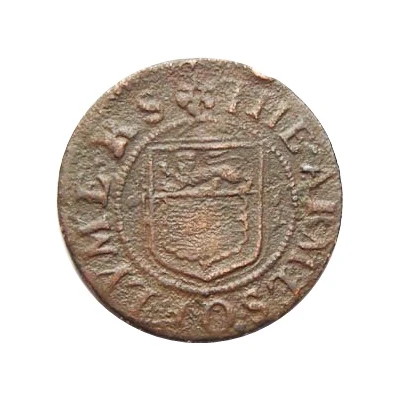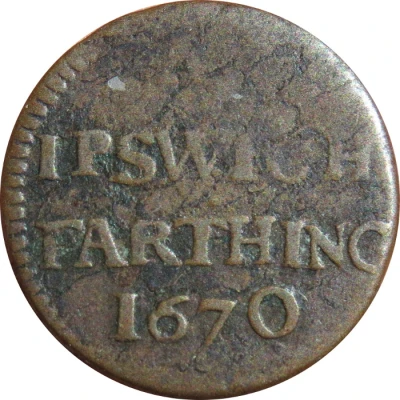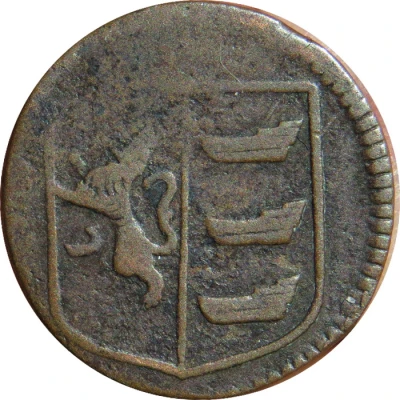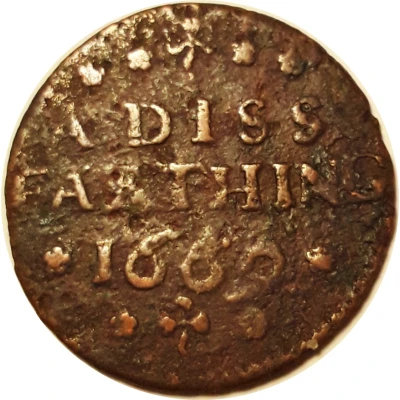
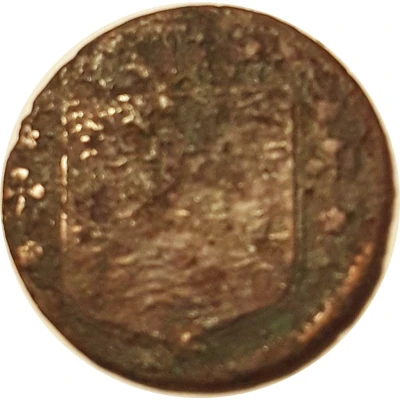

Farthing - Norfolk Diss / Town
1669 year| Copper | - | 20 mm |
| Issuer | England (United Kingdom, British Overseas Territories and Crown Dependencies) |
|---|---|
| Type | Token |
| Year | 1669 |
| Value | 1 Farthing (1⁄960) |
| Currency | English Trade Tokens (1648-72) |
| Composition | Copper |
| Diameter | 20 mm |
| Thickness | 1 mm |
| Shape | Round |
| Technique | Hammered |
| Orientation | Medal alignment ↑↑ |
| Demonetized | Yes |
| Updated | 2024-10-08 |
| Numista | N#201216 |
|---|---|
| Rarity index | 97% |
Reverse
Shield with anchor at top and flowers to the right and left of shield.
Edge
Plain
Comment
These private trade tokens were produced out of necessity due to the lack of regal coinage. Following the Civil War, which saw the reigning monarch, Charles I beheaded and a period of Commonwealth government under Oliver Cromwell and later his son, Richard, the monarchy was finally restored in 1660 when Charles II ascended the throne. At the time these tokens were struck, there had already been some 20 years without small denomination regal coinage and it was not until 1672 that the first Charles II farthings and halfpennies were issued.Diss is an electoral ward in South Norfolk, England, next to Norfolk's border with Suffolk.
Interesting fact
One interesting fact about the A Token Farthing - Norfolk (Diss / Town) 1669 from England (United Kingdom, British Overseas Territories and Crown Dependencies) made of Copper is that it was used as a form of currency during a time when there was a shortage of official coinage in England. The token was issued by a private individual or business, and it was accepted as a form of payment by many merchants and traders in the area. This coin is a rare example of a privately issued token that was used as a form of currency in the 17th century.
